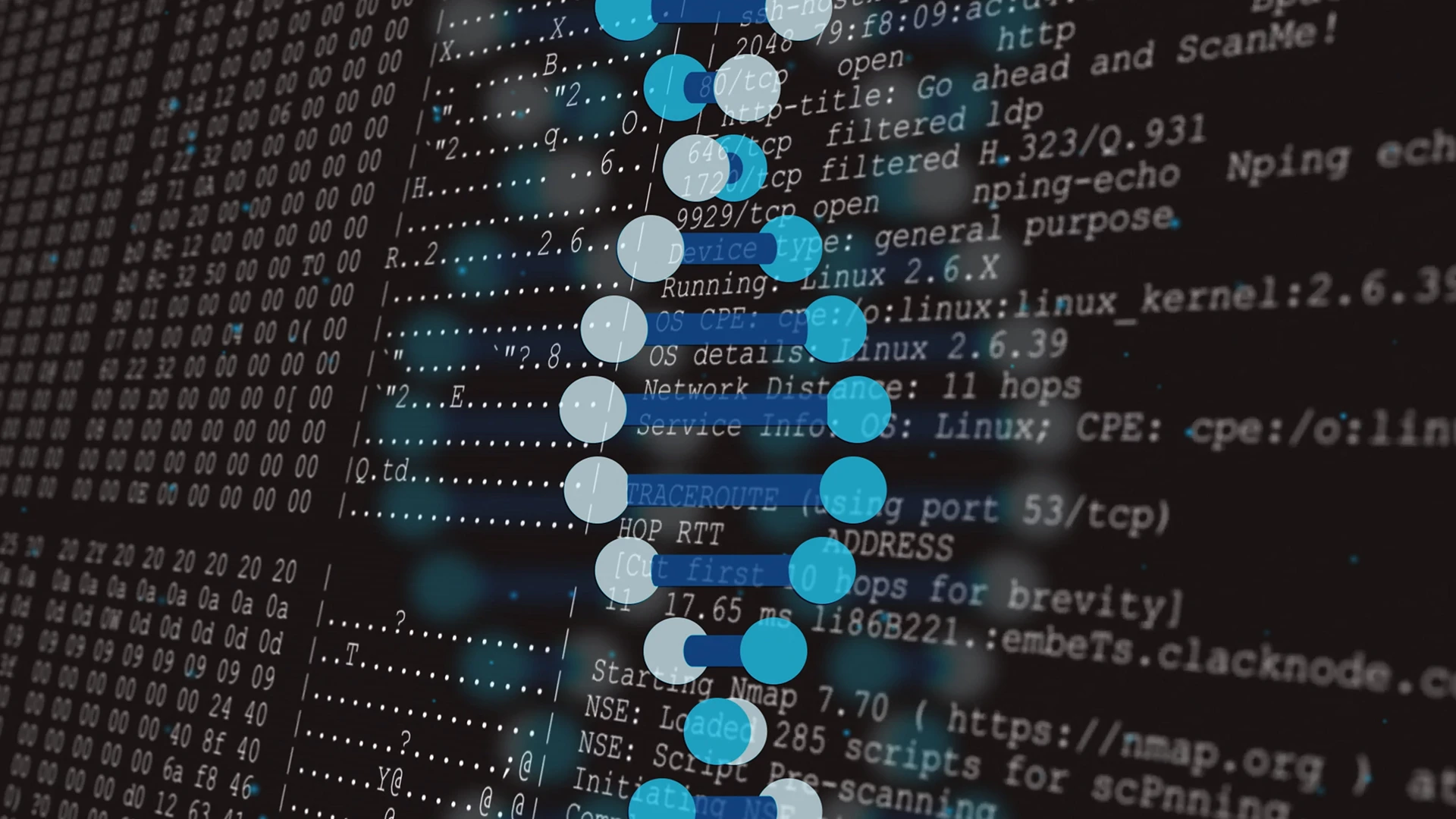How Programming Language Choice Drives Biostatistics Success
As biostatistics evolves, smart programming decisions—from SAS to R and Python—are shaping the future of clinical data analysis and pharmaceutical performance.
5 minutes
11th of August, 2025

Cutting-edge technology is valuable, but making better use of existing programming tools can significantly boost productivity in pharmaceutical research. Strategic language choices, like adopting R and Python, can streamline processes, accelerate insights, and improve data quality.
Rising Efficiency Through Programming Language Evolution
While cutting-edge technologies have a key role to play, optimizing existing resources can also unlock significant productivity gains. One major shift in biostatistics is the move from using only SAS to incorporating open-source alternatives like R.
Making smart decisions about the programming languages put into play in pharmaceutical projects can have a significant impact on performance.
R is a flexible, free-to-use language particularly well-suited for statistical work. Many pharmaceutical companies are embracing R to supplement or cross-check SAS outputs, supporting stronger quality control and streamlined analysis processes.

Making smart decisions about the programming languages put into play in pharmaceutical projects can have a significant impact on performance.
For instance, in a recent R Shiny Application project, an intuitive app was built using R to unify key pre-clinical analyses for a major pharmaceutical client. The result: faster analytics, standardized outputs, and clearer communication—all delivered in just three months.
Combining R and Python for Greater Flexibility
Python is also playing a larger role in clinical research analytics. It enables integration across different programming environments and complements R in creating interactive, dynamic reports that allow users to explore results deeply.
The rise in automation demands the ability to switch between programming languages and make use of the languages that facilitate automation, such as R and Python.
The power of combining R and Python lies in flexibility—enabling teams to meet diverse clinical trial demands with efficiency and speed.
The Human Talent Behind Tech-Driven Biostatistics
New technologies are powerful, but they’re only as effective as the people using them. That’s why pharmaceutical companies are increasingly turning to highly skilled biostatistics experts who can apply R, Python, and other programming tools across clinical trial phases.
Access to a team of highly-qualified technical experts poised to put their biostatistics skills into action is the best way to bring technological expertise and talent to the process.
Partnering with external experts provides agility, especially for large organizations that need to act fast without having time to build internal teams.